First rule for choosing the hottest firewood?
Before we get into which wood is best for burning, or which wood burns the hottest as a home heat source in a wood-burning stove or fireplace, remember this:
- First rule for wood burning? Make sure it's dry or seasoned wood, or most of the heat will be lost on evaporating water (like in a swimming-pool) and you make harmful smoke instead of heat!
Second rule for getting the most heat from burning wood?
Choose a high-efficiency wood-burning stove or fireplace insert for the most eco-friendly way to burn wood for the most heat output and be sure to maintain your stove or fireplace for optimal combustion. Buying the right stove or firplace insert in the first place allows us to run them at the optimum efficiency level while giving the level of heat required to heat the home - it's a balancing act, too big and either it overheats or doesn't get to correct temperature and burns inefficiently, too small and we jam them too full trying to get more heat out of them and cause smoking, pollution and an inefficient burn. Just like choosing, tuning and servicing a car - the looks are important, but so is the environmental impact - so think efficiency, then service and maintain to ensure your stove or fireplace continues to perform as it's designed to. A leaking door gasket should never be left to allow excess air to enter and disrupt a clean burning process.
Wood choices - which firewood is best and hottest and what to look for
Regardless of the choice of wood for home heating, it should be sourced sustainably, from managed forests that replant regularly, preferably with a diversified mix of local species of tree (because these by nature are going to be the ones that grow best and support indigenous plant cover and wildlife.) It stands to reason that we shouldn't be cutting more than we are growing, and with the best hardwoods the problem is that they tend to be amongst the slowest growing trees.
One common view about wood-burning across the USA & Canada is that using softwood is less than ideal for home heating, largely because of how fast it burns. The less dense a wood is, the quicker it burns, meaning the sooner you will need to reload your stove.
In areas of abundant hardwood there is a taboo against burning softwood, but you should keep that in perspective. In British Columbia or Washington State, most people who heat with wood only use softwood simply because that is all that is available. We happily encourage comments from both softwood and hardwood users below, so we can settle this once and for all.
There are many conflicting opinions on burning softwood, some say it causes more creosote, but there are many that say it doesn't. A commonly held opinion is that the pitch in softwood causes creosote, but there is evidence to suggest that is untrue.

Pitch is the resin excreted from many coniferous trees, and it is often blamed for gumming up stove pipes along with fingers. But in reality the real culprit is moisture. When the pitch dries, it acts as sort of a super charged fuel, which is responsible for the pops and crackles that you don't get when burning hardwood, but isn't really responsible for clogging your chimney.
Regardless of how much more creosote softwood does or does not produce, you should be keeping your chimney clean anyway. So relax, and burn it if you have it. In fact a small softwood fire can be ideal as a quick way to take the edge off of a cold house without overheating your home and leaving a big charcoal bed. It is also the best kindling you will find.
In areas where a lot of people heat with firewood, there are often notoriously reputable as well as notoriously shady firewood providers. If you have a chance, ask others in your region about their experiences rather than just taking the phone number off the side of a truck. You can easily receive firewood that is too wet, starting to rot, or not the species you were told it was. And it is easy to get shortchanged on a truckload of wood and not realize it until you've stacked it because let's face it, the temptation is to load the truck so that you only see the best wood when it arrives and gets tipped.
Purchasing firewood early in the season is often helpful for getting a quality product at the right price. By the late fall when people without a secured supply are nervous and scrambling for the best firewood, the price often goes up and the quality goes down.
It might be worth getting a moisture meter to check the quality of your firewood, especially if you don't know the source, and check it before the wood gets dumped from the truck. It will cost you $75 to $100 to buy a good moisture meter, but avoiding even one miserable cold winter with wet wood smouldering in the hearth and refusing to get to a decent level of heat makes it a worthwhile investment. Operation is simply a case of jamming the prongs into the wood and reading the numbers.
Whether you are cutting your own firewood or buying it, trees should ideally be cut in the winter before the sap starts to rise, then split and stacked in early spring - unless of course you're only harvesting the naturally dead wood in a forest before it starts to decay - which is the most eco-friendly option if the most labor intensive.
When you are shopping for the best firewood that's going to give the most heat, ask when it was cut, what the wood varieties are, be selective, if the supplier doesn't know or doesn't want to say, keep looking would be our advice. Prepared and cut correctly and in the right season, the best firewood should be dry enough for burning by the fall, which means an ideal maximum moisture content between 15% and 20%. If firewood is kept too long in the stack it starts to be attacked by insects and fungi, which isn't exactly a good plan to stack near or bring into your timber framed home either.
Which type or species of wood burns the hottest? ( and which don't... )
THE BEST FIREWOOD FOR THE HIGHEST HEAT VALUE
(Where one cord = 200 to 250 gallons of fuel oil equivalent heat output)
The following North American species are the best choice for firewood where you can get hold of them as they have the highest density and heat output when properly dried and seasoned and are in alphabetical order:
- American beech
- Apple
- Ironwood
- Red oak
- Shagbark hickory
- Sugar maple (Music to eastern Canadian's ears!)
- White ash
- White oak
- Yellow birch

THE BEST TYPES OF WOOD FOR BURNING WITH A MEDIUM HEAT VALUE
(Where one cord = 150 to 200 gallons of fuel oil equivalent heat output)
The following North American wood species are an acceptable choice for firewood as they have medium density and heat output when properly dried and seasoned and are in alphabetical order:
- American elm
- Black cherry
- Douglas fir
- Red maple
- Silver maple
- Tamarack
- White birch

FIREWOOD TO CHOOSE AS A LAST CHOICE WITH LOW HEAT VALUE
(Where one cord = 100 to 150 gallons of fuel oil equivalent heat output)
The following North American woods would be our last choice for firewood as they have low density and heat output even when properly dried and seasoned and are in alphabetical order:
- Aspen
- Cottonwood
- Hemlock
- Lodgepole pine
- Red alder
- Redwood
- Sitka spruce
- Western red cedar
- White pine
So, once the best wood in the right condition has been selected in the local area for heat output and cleanest burning, it's time to turn your attention to stacking and storing your firewood correctly.
Stacking firewood properly:

- Keep your firewood high enough off the ground to avoid absorbing moisture.
- Protect firewood from rain, but keep the sides open so air can flow through and dry it.
- Avoid stacking your wood against the house. It prevents air flow through your firewood and can prevent the wall of your home from shedding moisture as well. It can also introduce mold, fungus and termites, carpenter ants and other insects into the fabric of your home - which is definitely best avoided.
- Build proper corners! Having a woodpile fall apart in the middle of the winter is not fun.
- While you are stacking, be sure to split a variety of sizes so you can more easily maintain the level of fire and heat output needed.
- If you stack your firewood with exposure to the sun or prevailing winds, that will help ensure it is ready to burn in the fall. Keep your wood covered, but make sure it can dry.
Burning firewood for maximum efficiently:
There is something biologically imbedded in us that makes us want to be seen as someone who can produce a good hot fire, especially when our friends are watching. Endless blowing on, and watching a kindling pile smoke away into nothingness is not good for anyone's ego.
A smoking fire is not an efficient fire, as smoke is the result of poor combustion. This is caused by either burning wet wood, or by burning dry firewood poorly. An efficient fire should result in no visible smoke leaving your chimney. Smoke means you are polluting more, and you aren't getting as much heat as you should for your money and labour. For a better burn, choose a better wood burning stove or fireplace insert in the first place.
- Your fire needs to have ample air to get started, then close it down to burn efficiently. But if you close it down too much you will starve it of oxygen, causing it to burn poorly and create smoke.
- A quick way to start a fire is to use a criss-crossed stack of dry softwood with some shredded and crumpled newsprint in the centre and mixed in, with a couple of thinly split pieces of hard wood on top. Avoid using glossy paper like magazines.
- Make sure you don't have an overly deep bed of ashes; try to keep it to under 2 inches, and ensure the air intake isn't covered.
- Many small pieces of firewood will light more quickly than a few big ones as it increases the number of surfaces where flames can ignite. So split your kindling thin.
- To re-ignite a coal bed, don't spread the coals thin, they will probably go out or at least delay the lighting time. Pile coals together near the air intake, and put your kindling on top.
- Operating your stove or fireplace insert below 270 degrees Celsius means your firewood isn't burning efficiently or completely. Burning over 500 degrees Celsius regularly can cause metal fatigue in your stove pipe, as well at put you at risk of chimney fires if you have any creosote build up.
How hot do pressed wood fire logs burn?
Manufactured pressed fire logs have become very popular, are easy to find, and can burn well while giving a lot of heat. We aren't talking about the 'light the bag' chemical fire logs that became trendy in the 80's for instant Christmas ambience, but rather the modern day equivalent of responsibly manufactured logs for airtight woodstoves or fireplace inserts.
Different brands of manufactured fire logs will have used different materials and manufacturing techniques, so do some research before making a purchase. The most eco-friendly choice would be local to your region, and won't contain paraffin or resin adhesives to bind the logs.
You can also find fire logs in different sizes, so look into the numbers regarding burning time and BTUs per log. A smaller log will light faster, but a bigger log might serve you better overnight and give off more heat.

With a moisture content of between 3 and 6% (much lower than firewood) manufactured logs can burn extremely hot, so be careful not to over load it. Putting a log beside rather than on top of the active fire can delay the lighting, which can let you go to bed and extend the burning time. That's just one little strategy for maintaining even temperatures as it always takes some time and thought to figure out the best way to run your fire.
The energy footprint of manufactured logs is greater than that of split firewood, but they save forests and landfills by making use of post-industrial waste, and they burn very efficiently with fewer emissions.
And don't look at the cost on a per log basis; one manufactured log will give you more heat than an equally sized chunk of split firewood. Purchased in quantity, compressed logs can be noticeably more affordable by the BTU than firewood, so consider splitting on a load with a neighbour to help bring the price down.
One thing compressed logs are not noted for, is leaving a good coal bed. So if you find yourself starting more fires than you'd like, you could try mixing it with conventional firewood.
At a certain point, fire logs will be burning very hot but they will be very fragile compared to solid wood. Dropping a new log on top can sometimes make them disintegrate into little more than an ash pile, so be careful how and when you load more on top.
Now you know more about heating with homes efficiently with firewood. Find more pages about sustainable living and how to reduce emissions on the pages below and in the Ecohome Green Building Guide pages.
Find more about green home construction and reap the benefits of a free Ecohome Network membership here. |







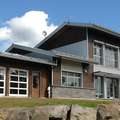












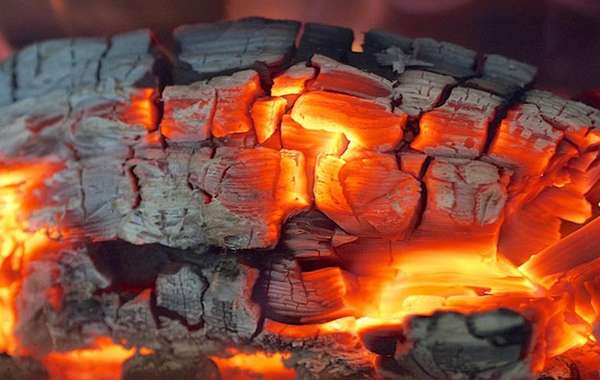

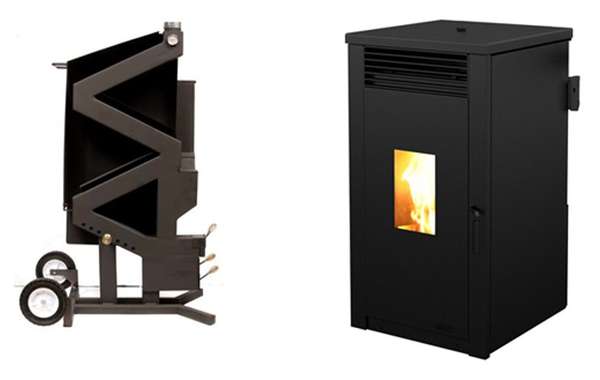
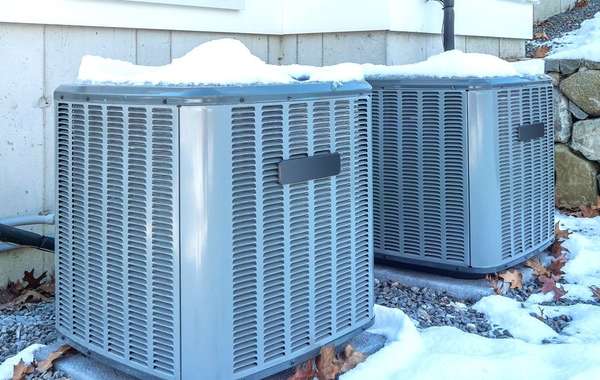
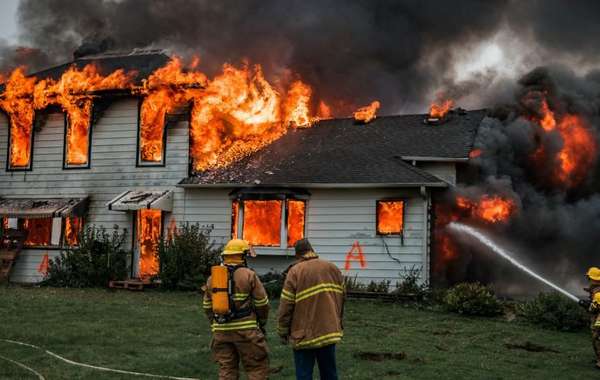
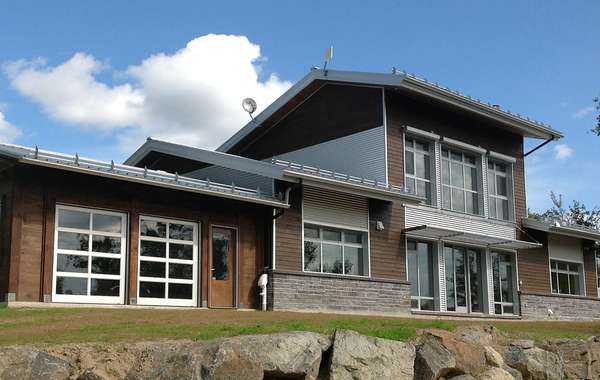
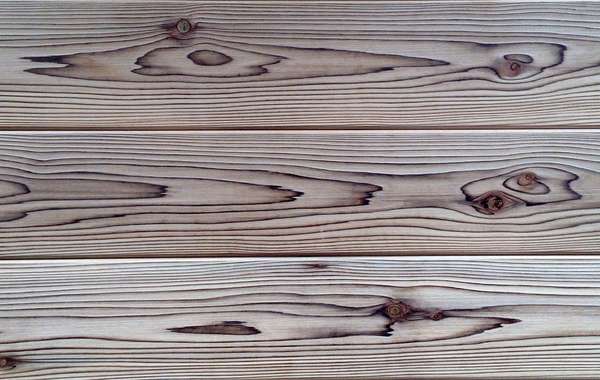

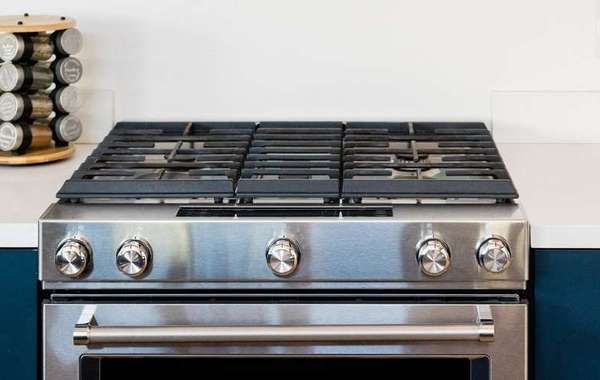
Where can I purchase compressed fire logs 90640 is my zip
Hi Esther
We don't have a directory of companies, I wish I could help more but I think your best bet is to do a google search of 'compressed fire log' along with your city or zip code, you could also try a local woodstove supplier. Good luck!
Trees to be used for fire wood should not be cut down "in the winter before the sap starts to rise" but should be standing dead or collected from dead fall. Living trees shouldn't be harvested for heating purposes, this is an environmental home site after all.
Your information about Firewood is very informative thanks for sharing. Recently I bought Oak Logs from Kamil siwarga wood ltd. But I highly appreciated your article and information about Firewood.
i have a woodshed 14x12 x7 high and i fill it ( 12 cords ) with maple and oak every month of may with woodcut in January and split in April. the wood dry,s under a hot tin roof and wide-open doors. I close the doors in October and boy my wood really heats the house.
Thank you for this information. In your article, I would like especially to note the features of good firewood and this allows to make the correct option in the favor of the suitable material.